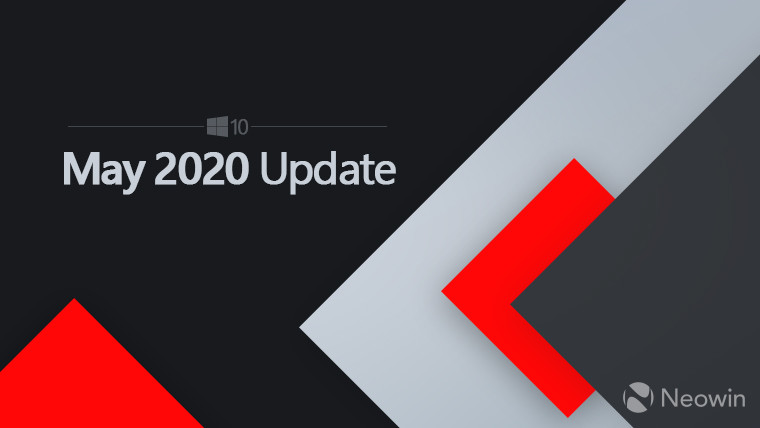
Microsoft is posting a message on its Windows 10 release information page that versions 2004 and 1909 of the OS are now ready for broad deployment. It's worth noting, however, that version 1909 was already designated for broad deployment, being that it's the oldest supported version of Windows 10 for consumers. In fact, there's even a note reminding users that support for Windows 10 version 1909 ends for consumers on May 11, 2021, and for Education and Enterprise SKUs in May 2022.
The way that Windows 10 deployment works is that when a feature update arrives, it's made available to 'seekers'. This means that it will show up in Windows Update as an optional update, and you can choose to opt into it if you choose to. This is also a targeted rollout, where it only shows up for PCs that it knows don't have any compatibility issues. Then, broad deployment means that it's available for everyone.
While we're only a few months out from the end of support for version 1909, version 2004 has another six months beyond that, and there should be a new version, 21H1, shipping in the spring. Unfortunately, even though we're just a couple of months away from when that release would normally shipped, Microsoft hasn't even done as much as confirmed its existence. But when it does arrive, it will be in the way described above.
It's going to be something completely new for Windows though, because for the first time, all consumers that are on a supported version of Windows 10 will get the exact same servicing updates. 21H1 is going to be an enablement package like 20H2 and 1909 were, so it's just lighting up features that already exist. The bits are the same across versions 2004, 20H2, and 21H1.
Interestingly, as of right now, 20H2 is the only one that's not designated as being for broad deployment, even though it doesn't have any issues that version 2004 didn't have. As of right now, you can go ahead and deploy version 1909 or 2004 for your business with peace of mind, at least according to Microsoft.

















6 Comments - Add comment